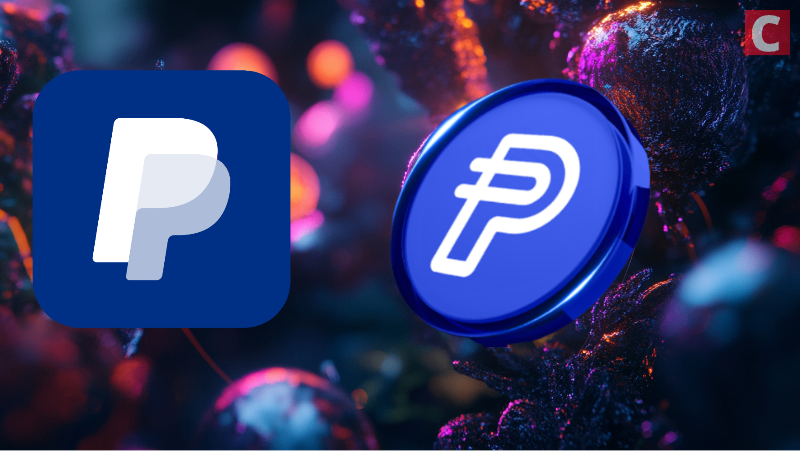For the past three years, crypto developers have been fighting a shared enemy, a three-headed beast known as the blockchain trilemma. For every gain made on one front – security or decentralization – territory was ceded on another, such as scalability.
Eventually we learned what in hindsight should have been obvious: No single network can defeat the trilemma. But when their forces combine and each network plays to its strengths, the common foe can be vanquished. From sidechains to sharding, we have implemented solutions to deliver crypto technology that can operate at scale, toppling the trilemma and marking an end to the layer 1 battle.
This post is part of CryptoX’s 2020 Year in Review – a collection of op-eds, essays and interviews about the year in crypto and beyond. Justin Sun is the founder of TRON and the CEO of BitTorrent.
The campaign, which has taken the better part of three years, has concluded with allied forces claiming their share of the spoils.
On the adoption and utility front, Ethereum has gained ground, thanks to its strong network effects and burgeoning DeFi primitives. TRON, meanwhile, has supported fast and low-cost transactions for settling billions of dollars in stablecoins, supporting thousands of dApps, and extending the reach of the world’s largest file-sharing network. And then there’s Tezos, which is still breathing at least.
Ethereum and TRON dominate most blockchain benchmarks, leaving the other smart contract networks to play catch up.
For TRON, 2020 has been a prolific year that saw over 100,000 daily active users and $6.4 billion of USDT issued on the network plus the introduction of WBTC. More importantly, TRON brought decentralization one step closer to the masses this year, establishing a brand new DeFi ecosystem, expanding the functions of BitTorrent’s decentralized storage, and forging cross-industry partnerships.
Ethereum doesn’t need me to cheerlead on its behalf, it’s had a prolific year too. Rather than dwelling on layer 1 achievements and milestones, though, I’m more interested in what comes next: the quest to win over hearts and minds beyond the crypto-sphere.
It’s time to focus on a far greater challenge, with a greater prize at stake: onboarding the next 100 million crypto users.
The battle so far
In the early stages of any skirmish there are key battles over turf, infrastructure and supply routes. Over the last three years we’ve seen this play out with layer 1 smart contract chains, which have competed for infrastructure, liquidity, partnership, developer community and war chest.
- Infrastructure: The technical foundation must be secure, scalable and affordable to support development further up the stack.
- Liquidity: The blockchain’s native asset needs to be listed on major crypto exchanges and maintain a healthy transaction volume.
- Partnership: Strategic partners should be onboarded that can actually help the ecosystem thrive and extend its user base.
- Developer Community: A diverse and growing number of third-party projects should be developing on the blockchain.
- War Chest: There should be enough funding to keep the ecosystem running for years to come.
Here’s how the leading layer 1s shape up when measured using these benchmarks:
Ethereum is the obvious front runner, with TRON chasing closely, while Polkadot and Tezos are playing catchup. Although the race is far from over, when the competition among blockchains began in 2017 the barrier to entry was much lower. It has taken established protocols such as Ethereum and TRON over three years, immense capital, development and revolutionary partnerships to capture the hearts and minds of the industry. It is not only going to be difficult but also extremely expensive for newer layer 1 protocols to cross the moat that has been built by these industry giants.
See also: Noelle Acheson – Justin Sun’s Crypto Lunch with Warren Buffett Is Genius Marketing at Work
For TRON, 2020 has been a prolific year that saw over $6.4 billion of USDT issued on the network, which accounts for about 30% of Tether’s total market cap. More importantly, we established a brand-new DeFi ecosystem that already has over 120 million total value locked.
Winning the next wave
The campaign to onboard the next wave of users must be framed in language they understand, with a value proposition that resonates. People shouldn’t use an app because it’s decentralized – they should do so despite it. Just as the average web user knows and cares nothing about TCP/IP, blockchain and its arcane terminology must be abstracted, while the onboarding process to the cryptoconomy needs to be streamlined. We’re talking gasless wallets, better user experience and fiat integration so that interacting with crypto apps is seamless and intuitive.
We also need more compelling use cases for participating, over and above censorship resistance and permissionless access. Gaming, trading and DeFi have formed the foundations of layer 1s. What comes next? Whether it’s digital collectibles, celebrity stock markets, citizen journalism or encrypted messaging, we’re still waiting for crypto’s first killer dapp.
I’m confident we’ll find answers to many of these questions in 2021 as layer 1s up their game and turn their focus to solving real-world problems and attracting real world users. Regardless of which blockchain accrues the most transactions, dapps, and volume, the layer 1 battle is over but the fight to secure mainstream adoption is just getting started.





